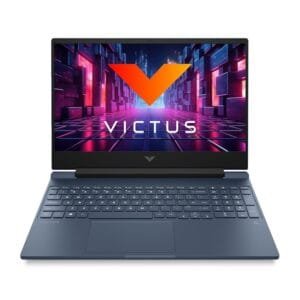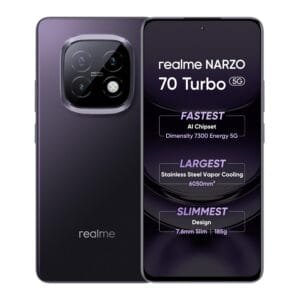Bank of Baroda’s (BoB) September quarter (Q2FY26) results were weak. Yet, its shares rose nearly 5% on Monday. This could be because the results exceeded analysts’ subdued expectations, leading to upgrades in earnings estimates by brokerages post Q2.
Plus, BoB’s asset quality improved quarter-on-quarter (QoQ). Slippage ratio or fresh addition to gross NPA dropped 25 bps QoQ to 0.9%, translating into credit costs also coming off.
On the other hand, core pre-provisioning operating profit (PPoP) declined 4% year-over-year to ₹5,851 crore. Recovery from totally written off accounts fell as much as 80% to ₹493 crore, even as the management expects this to bounce back to normalized levels of ₹700 crore per quarter.
Despite 12% global loan growth, net interest income (NII) grew just 2.7% to ₹11,954 crore. The slack growth in NII was due to compression in net interest margin (NIM), which dipped 15 bps year-on-year to 2.96%.
While NIM increased 5 bps QoQ, it is flat when adjusted for the interest on income tax refund. The management commentary indicated that the pain from the reduction in yield on advances due to the RBI’s cumulative repo rate cut by 50 bps has eased and NIM should stabilize in Q3.
Fee income growth remains a pain point for BoB. Fee income grew just 1% to ₹1,790 crore despite a double-digit growth in balance sheet size. This indicates the bank is not able to leverage higher business to earn more fees.
The transition from current NPA norms to expected credit loss (ECL) norms was discussed in the Q2 call. ECL norms could raise the credit cost by 20-25 bps, which could hurt profitability and thus, the return on assets (RoA). Anticipating the transition pain to ECL, BoB has made a floating provision of ₹400 crore last quarter.
Before the ECL norms kick in from FY28, BoB’s valuation on FY26 estimates looks inexpensive.
Nuvama Institutional Equities projects return on equity (RoE) for BoB at 14% in FY26 and the stock is currently trading at a price-to-adjusted book value of 0.9x. The bank’s RoE is comparable to or better than leading private sector banks such as HDFC Bank and Kotak Mahindra Bank that trade at a pricey, over two times.




